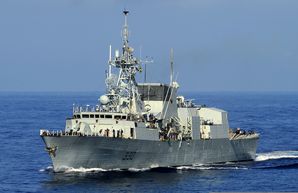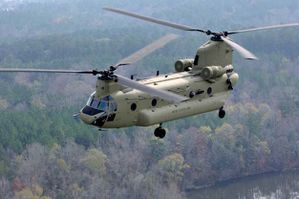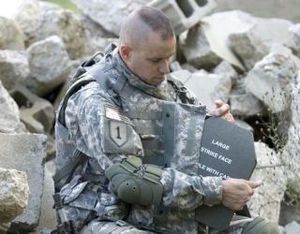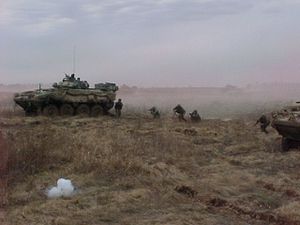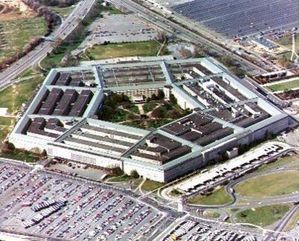
6 novembre 2012 par Nicolas Laffont - 45enord.ca
Après les douanes américaines, le Pentagone a annoncé avoir rompu son contrat d’exclusivité avec l’entreprise canadienne Research in Motion (RIM). Au Canada, 45eNord.ca a appris que le gouvernement resterait fidèle au fleuron du pays.
Le 1er novembre, on apprenait ainsi que le Pentagone avait rompu son contrat exclusif avec le fabricant des Blackberry et appelé les concurrents de RIM, comme Apple, à lui proposer des téléphones multifonctions.
Le ministère de la Défense a toutefois précisé qu’il allait continuer de travailler avec des Blackberry et qu’«un grand nombre d’appareils RIM» seraient toujours utilisés par tout le personnel du ministère.
La veille, c’était les douanes américaine qui annonçaient qu’elles lâchaient RIM pour se tourner vers l’iPhone d’Apple. Le téléphone intelligent à la pomme devrait bientôt équiper les 17 600 employés des services d’immigration et de douane des États-Unis.
Un appel d’offres prévoit qu’un logiciel devra être capable de gérer au tout début au moins 162 500 appareils électroniques (iPhone, Android et Blackberry), puis 262 500 à la fin du contrat, pour finalement atteindre un support pour… 8 millions d’appareils!
Ce désamour des administrations américaines pour RIM, en difficultés financières et dont le futur OS 10 se fait toujours attendre, fait écho aux désaffections de plus en plus nombreuse de multinationales pour le BlackBerry. Ces entreprises lui préfèrent l’iPhone ou les téléphones intelligents sous Android, plébiscités par leurs salariés.
RIM ne perd cependant pas espoir puisque Paul Lucier, porte-parole de l’entreprise canadienne, a déclaré qu’un des produits de la compagnie (Blackberry Mobile Fusion) pouvait également être utilisé pour gérer les téléphones Apple et Android. RIM serait « enthousiaste de pouvoir ajouter Blackberry Mobile Fusion au portefeuille du Pentagone ».
Au Canada
Chez nous, le gouvernement fédéral a des contrats similaires avec RIM.
Il existe des contrats de maintenance et de soutien en place avec l’entreprise canadienne qui ont été transférés à l’organisme en charge de l’optimisation des ressources de la fonction publique (43 ministères et organismes) en technologies de l’information, Services Partagés Canada.
Ted Francis, porte-parole de Services Partagés Canada indique que l’organisme est en train de « négocier avec RIM pour établir un contrat de maintenance et de soutien regroupant toutes les licences BlackBerry ».
Il n’est donc pas question pour le gouvernement canadien d’imiter le Pentagone et les douanes américaines dans leur rupture de contrat, bien au contraire!
Dans un courriel, Services Partagés Canada précise qu’ils continueront à « déployer et à gérer un grand nombre de téléphones intelligents BlackBerry de RIM et nous n’avons pas actuellement l’intention de mettre fin à cette pratique, ni d’annuler les contrats dans le cadre desquels ils ont été acquis. [... ] Pour le moment, aucun remplacement de plateforme technologique n’est envisagé. »
La fidélité paiera-t-elle? Réponse dans les prochains mois.





